 If you want to know how to think analytically, first things first.
If you want to know how to think analytically, first things first.
Please understand that this skill doesn’t come from genetics. Improving your analytical skills is something you can learn.
Once you’ve learned the basics of being an analytical thinker, you can then use that baseline skill to rapidly improve.
So if you’re feeling frozen and trapped by your current thinking abilities, get ready for a powerful tutorial.
I’ll show you everything I know about how to analyze information. And you’ll learn how to use your findings to solve problems, improve your life and most importantly, boost the lives of others too.
The final step of helping others is really important.
Why?
Because at the end of the day, analytical thinking is about perception. How others perceive you is just as important as you perceive them. And when your analytical skills help you see how the health of your conscious experience relies on this relationship, some incredible benefits will start to appear in your life.
Ready?
Let’s get started.
Analytical Thinking: How To Improve It Quickly
First, we need to define what we’re talking about. In a word, analytical thinking is about insight.
But it is a special type of insight you arrive at by taking things apart. Specifically through:
- Observation
- Interpretation
- Evaluation
- Inference
There’s more to it than that, and we’ll get into the details below.
But those four points are the key to understanding this type of thinking.
It’s also useful to know that analytical thinking is the opposite of synthetical thinking. That’s a type of thought process you use when you want to bring things together to draw conclusions.
Analytical thinking is also different from concrete thinking because you are able to use quantitive and qualitative forms of analysis along with various abstractions you’ll want to master as part of your learning journey.
A Simple Analytic Thinking Example
Here’s a simple example of analytical thinking taking a topic apart:
Let’s say you have an argument with a romantic partner. Your partner says:
“I hate how you always forget to take out the trash!”
Instead of getting mad, this is your opportunity to take the statement apart.
Take the word “always,” for example.
You can point out to your partner that this word has a very specific meaning. Always means every time, without exception.
Since you have at times in your life not forgotten the trash, your partner is engaging in a logical fallacy called hyperbole.
Now you can calmly point this out to your partner and point out that hyperbolic exaggeration is not a solution.
You can then ask, “Can we work together to form a plan that will help me forget this task less often?”
The point in this example is this:
The analytical thinking started when you took the meaning of “always” apart.
And although I’ve chosen a very simple example that probably most of us have experienced, the same principle applies to analyzing and resolving arguments related to:
- Climate change
- Medical responses to pandemics
- Legal issues
- Education
- Religion and philosophy
- Etc.
In every category of life, people disagree. But when you can analyze the words people use and determine their critical thinking strategies, you can help move away from conflict and towards solutions.
Research Into Analytical Thinking
People have been, well… analysing what distinguishes analytical thinking from other forms of thought, such as reflective thinking.
Stellan Ohlsson is one of the most interesting thinkers in this area. He pointed out that although analysis does involve taking things apart, it’s the restructuring that ultimately matters.
In the example above, I showed how taking apart the meaning of “always” revealed unhelpful hyperbole. But it was the second part of the example that showed how the analysis of this word created the means for moving forward, ideally in a peaceful way.
For this reason, Ohlsson and others suggests that how we take things apart during the process of analysis is very important.
According to Ohlsson, some key strategies include:
- Belief revision vs. belief perseverance
- Category shift
- Conceptual change
- Dissonance reduction
- Divergent thinking
- Nonmonotonic cognitive change
- Redistribution
- Restructuring
- Resubsumption
- Representational change
There are a lot more to study when it comes to applying analytical thinking, and Ohlsson notes that:
“The main puzzle of creative cognition is that it can produce novel concepts, beliefs, problem solutions, and products that are not in anybody’s prior experience.”
In other words, we need to sometimes analyze consequences that haven’t quite reached everyone’s perception yet, such as human-induced climate issues. Without a wide range of analytical thinking ability, our species is going to struggle to survive.
For this reason, true masters of analytical thinking must learn how to:
- Effectively gather enough information to analyze
- Organize and keep track of information using appropriate methods
- Know how to focus on facts and separate them from lies and mistruths
- Examine information for key concepts and issues
- Use logical thinking and objective reasoning to form valid conclusions
- Identify patterns and use trends to form predictions
- Share conclusions in a variety of contexts and formats
Visual Analysis Skills
Visual thinking also requires an understanding of how we think about what we see.
Take a look at this image:
If you’ve seen it before, your analytical skills will help remind you of what the pattern represents.
But if you’re seeing this image for the first time, your mind will need to “restructure” the pattern to help you see the dalmatian.
Before restructuring can take place, your mind needs to analyze, or “take apart” the different kinds of splotches. Only then can you differentiate them and “restructure” them into a meaningful pattern.
Learning about familiarization is key, and is a huge part of everything from improving vision issues to designing effective artificial intelligences.
A Visual Analysis Exercise
For a simple visual analysis exercise, try this:
Get a book that has paintings in it.
Or find a painting on a site like Wikipedia. Here’s a particularly detailed painting you can try analyzing if you’re not able to find one you like:
Follow these steps:
- Study the painting for at least 3 minutes
- Remove yourself from the image by closing the book or the screen
- Try to visually reproduce the painting in your mind
- Using pen and paper, describe as many details as you can, including specific objects, colors and emotions
You can also include observations and guesses. For example, before looking this painting up on Wikipedia, try to answer these questions:
- What historical period is it from?
- What culture did the painter belong to?
- What themes does the painting address?
After you’ve given your best guess, reflect upon why you chose the date, culture and themes. List a few reasons why the painting made you think of that particular era, culture and topic areas – literally take your answer apart.
Verbal Divergence And Creativity Exercise
Another way of looking at analytical thinking is to analyze your word choices.
For example, I took this divergent association test recently.
Although I scored higher than average, applying analytical thinking to the results instantly showed me how I could have done even better.
Because I chose the words “car” and “carpet,” the software dinged me a couple of points. They are obviously thinking that the words sound too similar to diverge enough.
Using analytical thinking to take the algorithm apart, I can now see that I would have scored higher by choosing “rug” instead of “carpet.” The word means practically the same thing, but sounds very different.
What do you score? Let me know in the comments below.
5 Types Of Analytical Thinking
So far, we’ve looked at some of the different ways scientists look at analytical thinking at a very broad level.
Now let’s look at some individual types of analytical thinking and how you can start to apply them.
One: Communication
How aware of your communication style are you?
Chances are, not very. For most of us, our communication style is deeply unconscious.
To help create more consciousness around my communication style, I studied the works of Robert Langs. Unconscious Communication in Everyday Life is a classic and will teach you how to analyze the things you say and the things others say to you.
When you make a full analysis of your communication habits, you will:
- Listen better
- Identify problems and solutions with greater ease
- Improve your oral and written communication skills
Two: Creative Analysis
According to George Hagman in Creative Analysis: Art, Creativity and Clinical Process, creativity has two phases:
- Production
- Reception
This means that in order to apply creative analytical thinking, you need to be aware of the two phases.
On top of that, you also need to be aware that creativity will have at least these three effects:
- Cultural
- Relational
- Personal
By being aware of these aspects of creativity, you can be much more analytical in your approach.
Creative Analysis Example
Here’s an example using this blog:
While writing this post, I was in the production phase. I got some help from content specialist Hunter Branch to plan the blog outline and then started doing some research.
To cover the relational aspects of analytical thinking, I started with an example of two partners arguing about taking out the trash. I’ve given a few personal examples throughout, including this one.
Earlier, I asked you to do an analytical exercise with a painting. It included a cultural question. I included it specifically to stimulate this aspect of true creative analysis.
During the reception phase, we’ll study the impact of this post. For example, we’ll look at how Google ranks it, whether or not people leave response posts and how people respond on social media.
By analyzing the social reception of this creative piece, I can return to the article and make any relevant changes.
Three: Data Analysis
Technically speaking, analyzing data applies across the board. I just discussed looking at social media responses as part of creative thinking, for example.
Data analysis goes further by setting up specific metrics. These can include:
- Standards
- Measures
- Rules
- Performance parameters
- KPIs
Depending on what field you’re in, the exact measures and their definitions will differ. How scientists analyze data can differ dramatically from how teachers or politicians approach various metrics.
Information display is also a consideration here. There are many ways to model data visually. My personal favorite is mind mapping with colored pens or pencils on paper. It gives you a fast way to visualize the ideas in your mind at a glance.
Four: Research Analysis
A lot of visitors to this site ask me about research skills.
Their number one problem?
They search only online.
That’s a big no-no when it comes to proper analytical thinking.
For one thing, there are still many books and articles that have never been uploaded to the internet. They can only be found in libraries.

Not only that, but not every expert is an author. Sometimes you have to talk to people to get their expertise. That’s why I created this playlist of interviews with memory experts.
Even if their ideas were in books, it’s possible to expand their context by doing direct research through conversation. This is why interviewing skills must be part of your skillset as an analytical thinker.
If you are going to search online, make sure you learn at least a few commands. My favorite are:
- Intext:
- Inurl:
- Intitle:
They really help narrow things down.
I also recommend making sure you have an account with your local library so you can access science journals and entire books not otherwise available.
Five: Philosophical Analysis
Back in graduate school, my Biblical Hebrew teacher told me his personal definition of philosophy.
He said, “It’s like having a map that helps you solve not just one maze, but any maze you encounter.”
In order for this map to transform so that it fits any problem you want to solve, you need all of the aspects of analytical thinking we’ve talked about already. But you also need a few other tools.
For example, you’d want a theory to explain the ground of being itself – a theory of why anything exists at all.
Even if you admit that you don’t have an answer for this question, that is still an analytical answer.
In my work, I call this humble response überatheism, and I was delighted to discuss this on the premiere philosophy podcast, Theories of Everything. We also discussed some ways that you might reasonably increase your IQ.
Other tools a good philosopher will want to have in their toolbox include knowledge of:
- History
- The scientific method
- Evolution
- Ideology
- Religion and belief
- Physics
- Mathematics
- Aesthetics
- Logic
- Psychology
- Human and animal theories of perception
And frankly, you’re not much of a philosopher if you don’t also have an understanding of contemporary neuroscience as well.
It’s not particularly difficult to verse yourself in each of these areas, but it will take time. To reduce the amount of time it takes, consider learning to use a Memory Palace. This course will help:
How To Improve Analytical Thinking Skills: 5 Steps
If you want to develop your analytical abilities, the first step is probably the hardest.
1. Commit
Any skill worth learning requires focus over time. If you have issues with committing to your goals, these mental strength strategies will help.
2. Read
There are many good books that will help you develop your thinking skills. I’ve assembled what I think are some of the best critical thinking books for you.
Some of the books on logic I’ve shared can be a slog, but keep going with it. You’ll be delighted by what happens. Just make sure to complete the exercises.
3. Debate
A key part of developing your mind is being able to analyze what’s being said in real time.
Nothing will help you develop in this area faster than involving yourself in good faith debates over important topics.
I suggest finding and joining a debate club and also watch as many debates as you can. Take notes as you go through them so that you can practice analyzing both sides of each argument. You can also go through my debate tutorial on this blog for more tips.
4. Write
Writing your thoughts down is one of the fastest ways to develop analytical abilities. This is because writing exercises your metacognition – thinking about thinking.
5. Brain Exercise
As you practice, make sure to get plenty of mental exercise. I have several brain exercises for you that will help you get much more in touch with the experience of consciousness itself through detailed analysis routines.
How To Think Analytically Every Single Day
At the highest possible level, you can hone your mind so that it analyzes the world with laser precision.
Sure, you’ll still be human, and that will mean making mistakes.
Plenty of them.
But you won’t forget to analyze your mistakes.
And that’s where true and lasting growth really begins. Especially when you continually ask for feedback from others and let them help you consider how best to correct course.
If you’re interested, my final suggestion is for you to memorize certain tools of analysis.
To do this, I’ve learned a practice called “self inquiry,” It is a very close analysis of the experience of consciousness itself.
For a simple example, learn these two questions:
- How do my thoughts behave?
- Are they useful?
For 28 more analytical questions, see Evolving Beyond Thought by Gary Weber. And for context into why I find these questions so useful, my TEDx Talk might be useful for you:
And for even more resources an critical thinking at large, please see:
So what do you say?
Are you reading to improve your analytical thinking?
I hope these exercises helped you along the way!
Related Posts
- The 10 Main Types Of Thinking (And How To Use Them Better)
If you need to learn the main types of thinking with specific and concrete examples,…
- 9 Deadly Critical Thinking Barriers (And How to Eliminate Them)
Most barriers to critical to critical thinking are easily removed. Read this post to boost…
- 7 Critical Thinking Examples That Will “Bulletproof” Your Mind
Real life critical thinking examples are hard to come by. This post gives you 7…


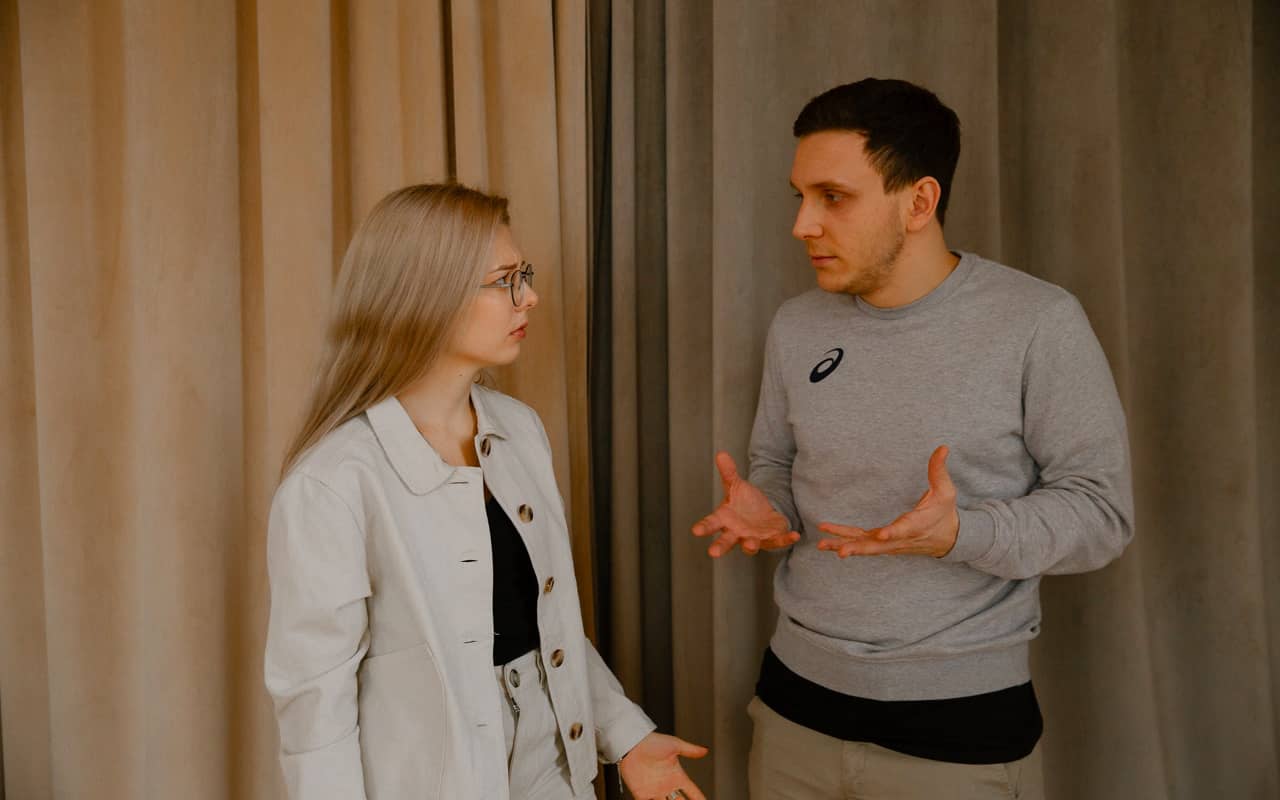


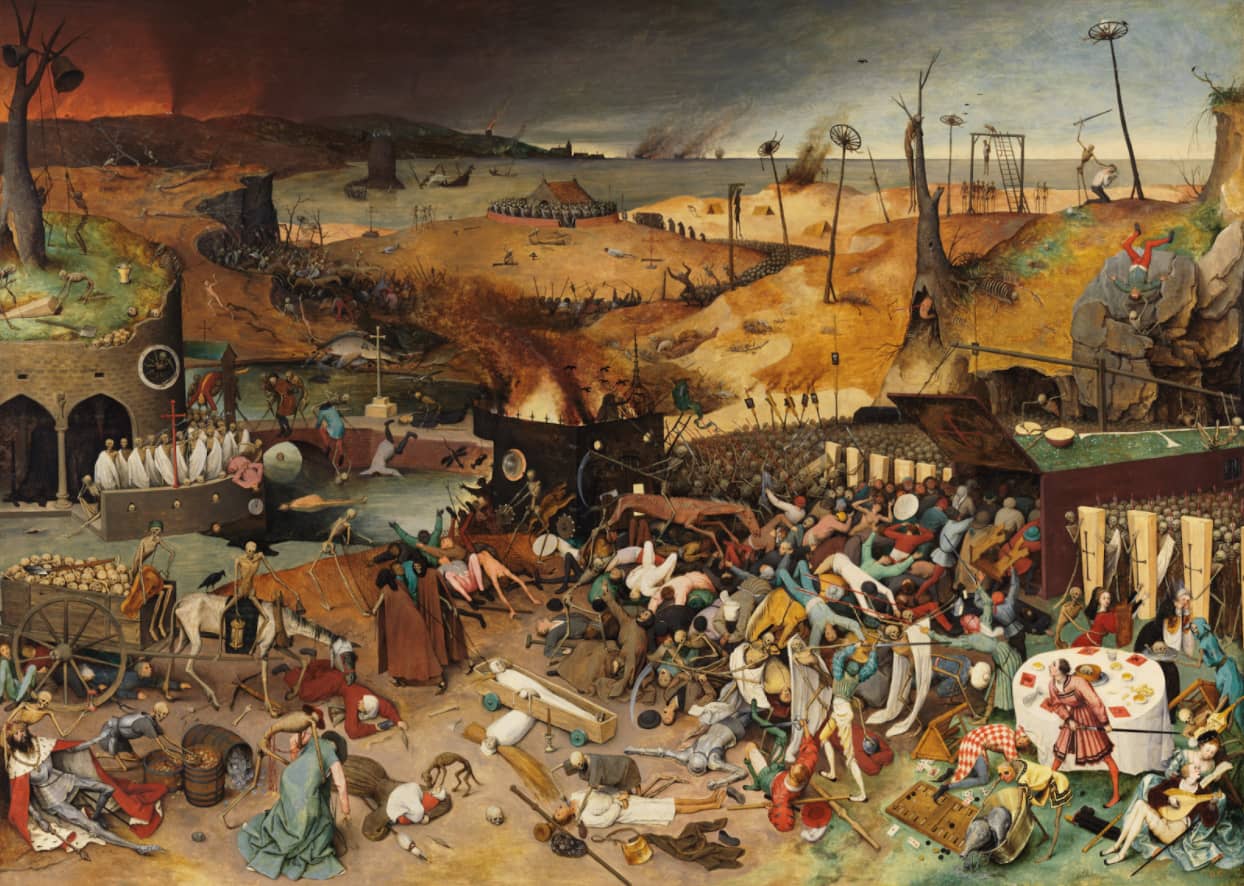
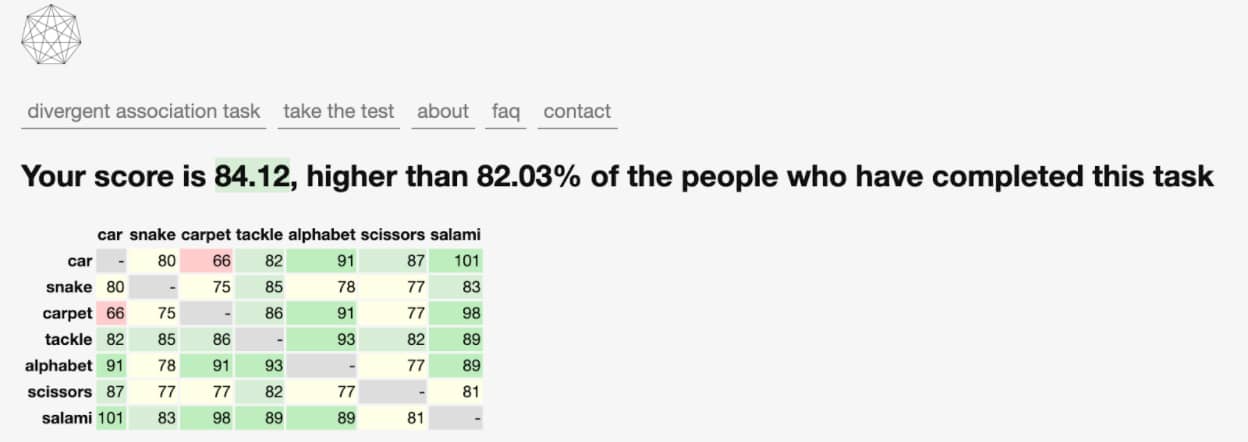

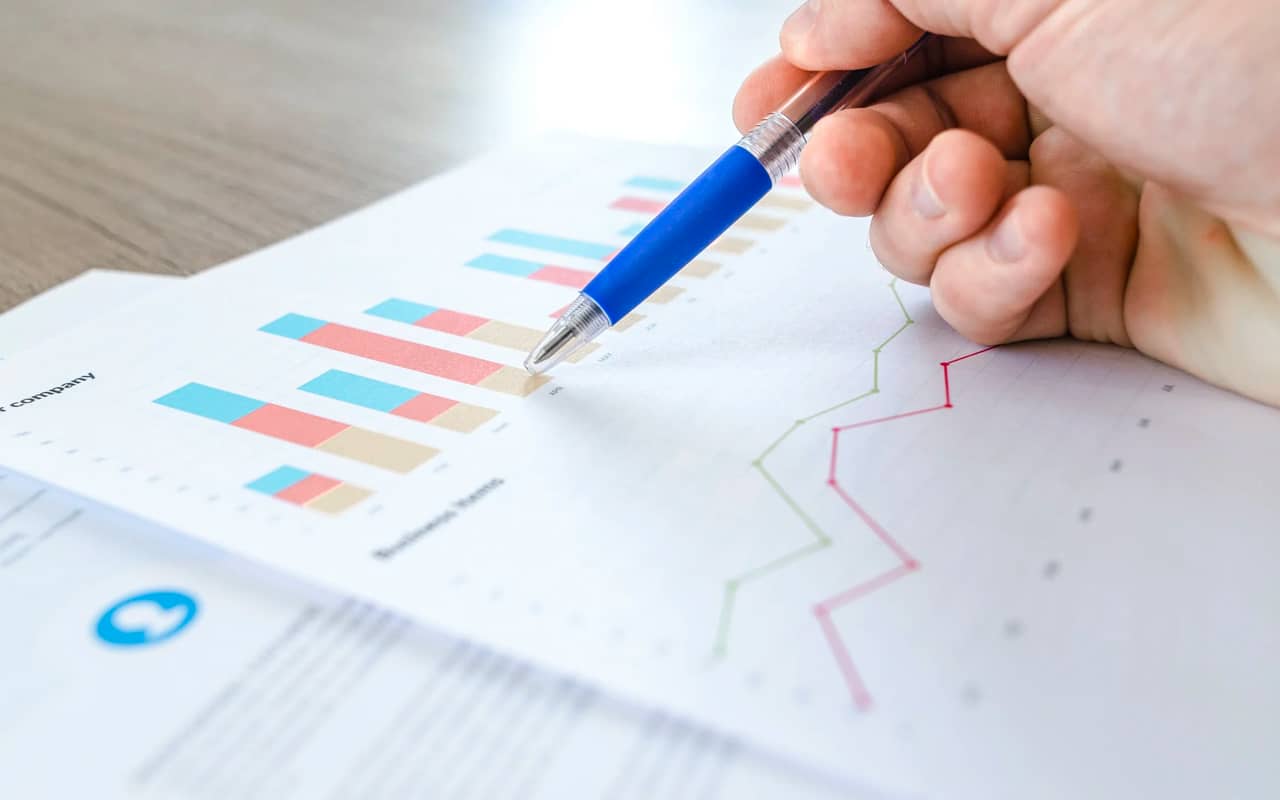

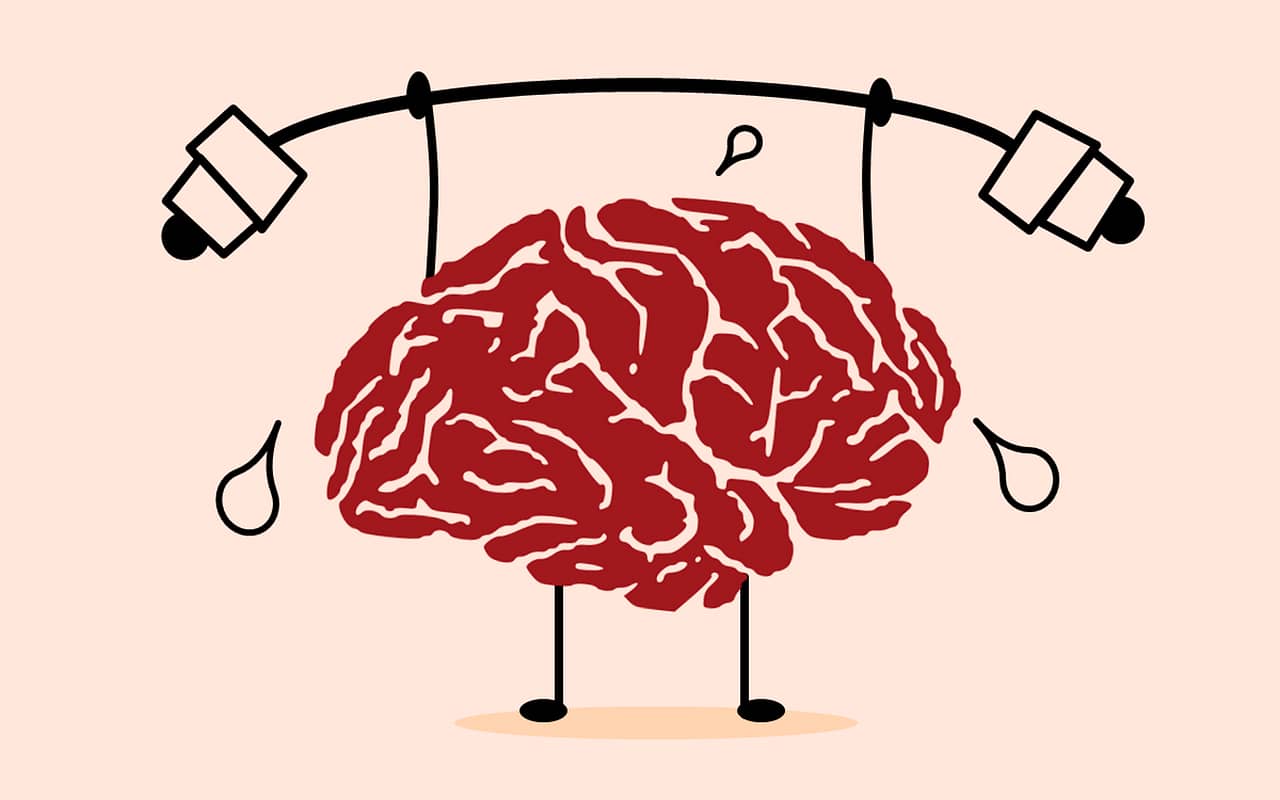



2 Responses
Help, I’m a 53 year old Analytical thinker. How do you stop overanalyzed thinking .. It can be overwhelming
Yes, overthinking can be overwhelming.
I would suggest looking up my TEDx Talk.
It’s called, “Two Easily Remembered Questions That Silence Negative Thoughts.”
I talk about a very simple way to reduce unwanted thinking while still maintaining top notch analytical thinking.
If there’s a way to have your cake and eat it too, this is it.